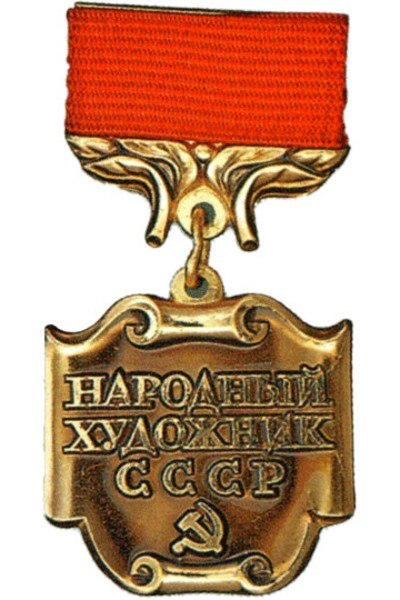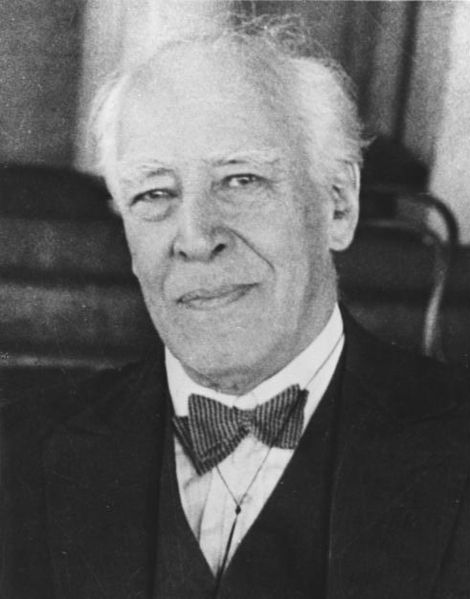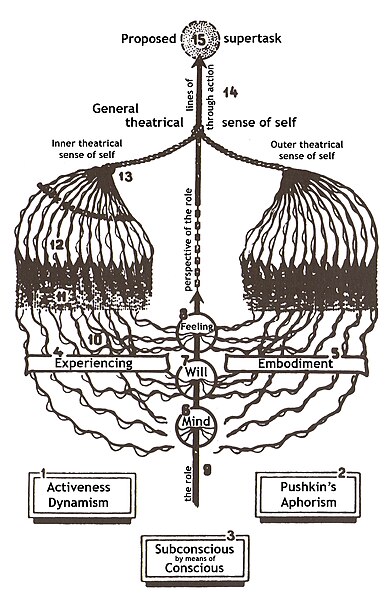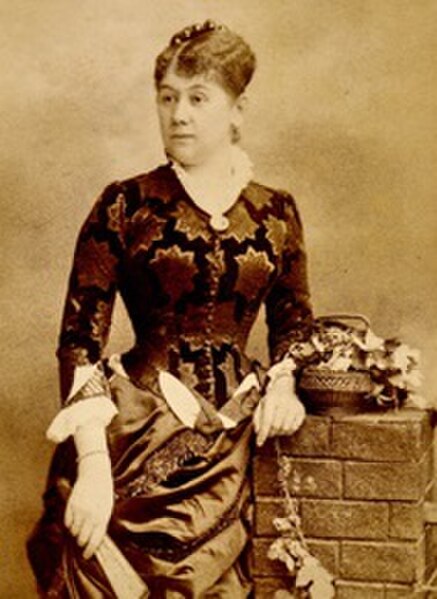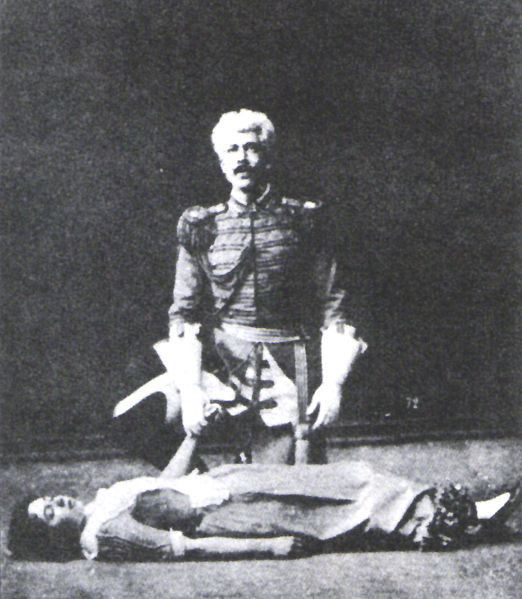People's Artist of the USSR
People's Artist of the USSR, also sometimes translated as National Artist of the USSR, was an honorary title granted to artists of the Soviet Union. The term is confusingly used to translate two Russian language titles: Народный артист СССР, awarded in performing arts and Народный художник СССР, granted in some visual arts.
Breast badge of the People's Artist of the USSR (visual arts)
Konstantin Sergeyevich Stanislavski was a seminal Soviet Russian theatre practitioner. He was widely recognized as an outstanding character actor, and the many productions that he directed garnered him a reputation as one of the leading theatre directors of his generation. His principal fame and influence, however, rests on his "system" of actor training, preparation, and rehearsal technique.
Konstantin Stanislavski
Diagram of Stanislavski's system, based on his "Plan of Experiencing" (1935), showing the inner (left) and outer (right) aspects of a role uniting in the pursuit of a character's overall "supertask" (top) in the drama.
Glikeriya Fedotova, a student of Shchepkin, encouraged Stanislavski to reject inspiration, embrace training and observation, and to "look your partner straight in the eyes, read his thoughts in his eyes, and reply to him in accordance with the expression of his eyes and face."
Stanislavski with his soon-to-be wife Maria Lilina in 1889 in Schiller's Intrigue and Love.

